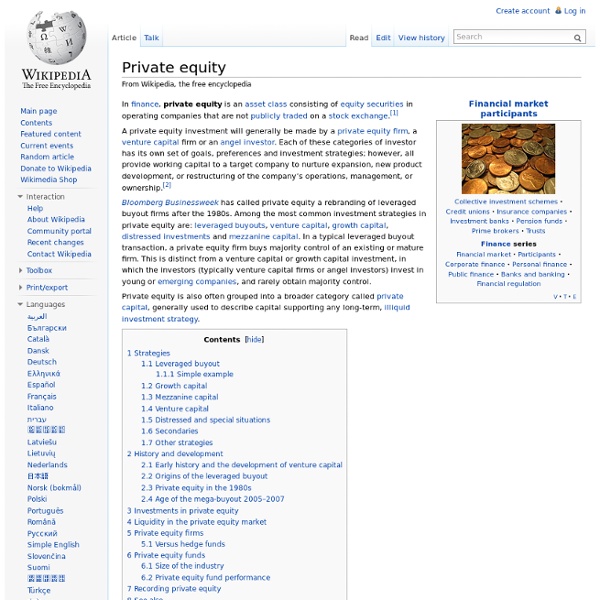ASX stripped of supervising role - Inside Business - ABC
MICHAEL ROWLAND, PRESENTER: Well as Mark has just mentioned, it wasn't a great week for the ASX, with the Federal Government announcing ASX will be stripped of its role supervising and policing markets. Its monopoly grip on securities trading has been considerably weakened as well. Kathy Swan reports. KATHY SWAN, REPORTER: Buying or selling, the one player that never loses on the stock market is the operator; the ASX, which clips the ticket on every trade. While the Exchange can trace its history back to the 1860s, it all got a little too complex about a decade ago when the monopoly holder also became a listed company, making it both umpire and player. NATHAN LYNCH, EDITOR, COMPLINET ASIA PACIFIC: In the last financial year the ASX had revenue of about $538 million. KATHY SWAN: But that's all about to change. (from press conference) CHRIS BOWEN, FINANCIAL SERVICES MINISTER: Australia will have a single, unified supervisor for market participates.
Access to Capital » Equity Capital
Sorry to disappoint if you thought this was going to be a piece on something of a more romantic nature. I am sure if you look hard enough on the internet you can find material of this nature. When we talk about going all the way its about asking this question: Do you have a vision and desire to see your company capitalised, liquid and your investors (including yourself) having the ability to undertake unrestricted buyer offers and sales of securities in your company? In other words do you see yourself achieving a listing of your business on an exchange? YES or NO? The answer to that question alone can singularly determine the success or failure of your ability to raise capital. Let me explain: Investors are in the box seat. Managed Funds; Locally and Globally representing every possible asset and risk class. Property: Directly or Indirectly. Own Business Other Businesses through Private Equity Placement Other Large Businesses through Local and Global Sharemarkets Why? Andrew @ Access To Capital
FSR March 2007-Private Equity in Australia
Financial Stability Review – March 2007 Introduction Over the past year there has been a significant increase in investments by private equity funds in Australia. This increase has focused public attention on a number of aspects of private equity, including the implications for investors and the broader economy, the efficiency of public capital markets, the potential for conflicts of interest and the current regulatory arrangements for such investments. The Size of the Market There is no precise definition of private equity, with the term generally used to describe two types of investment. Until 2005, the value of private equity transactions in Australia was broadly evenly split between venture capital investments and LBOs (with the former being particularly popular during the tech boom). The increase in the value of LBO activity is accounted for by a sharp rise in the average size of deals, rather than a rise in the number of deals (Table 1). The Funding of LBOs Equity Funding Debt Funding
On-line Brokerage in Europe: Actors & Strategies
1.1 The players Secondly, I will explain the challenges. In the third part, I will comment on the brokerage value chain. In the next section, I will compare French and American brokers. And lastly, I will analyse the problem of the break-even point. I'd ask you to save your questions for the end. Now let us turn to point one. We can define "on-line brokerage" as the selling of securities (stocks, bonds, mutual funds, warrants etc.) on the Internet. 4/We can distinguish There are two main sorts types of brokers on the network. ():First, there are traditional banks and brokers - "bricks and mortar", examples of which are: "Bricks and mortar" : traditional banks and brokersTraditional brokers: CPR, Ferri, Dubus, Financière Warny, etc.Traditional banks: BNP-Paribas, Bred, CCF, etc. But there are also new entrants, which have created a real "e-commerce business model": : direct banks and new brokers Figure 2: Top e-brokers by On-line Accounts; Source: JP Morgan, November 2001



